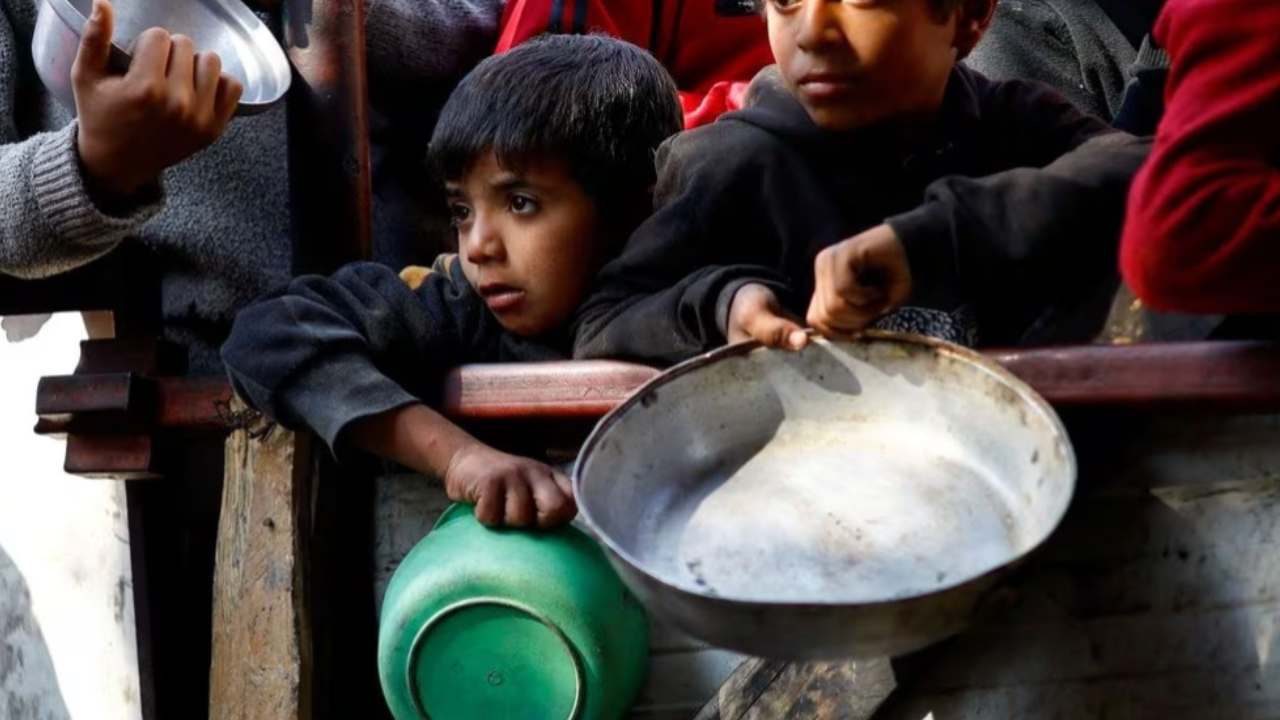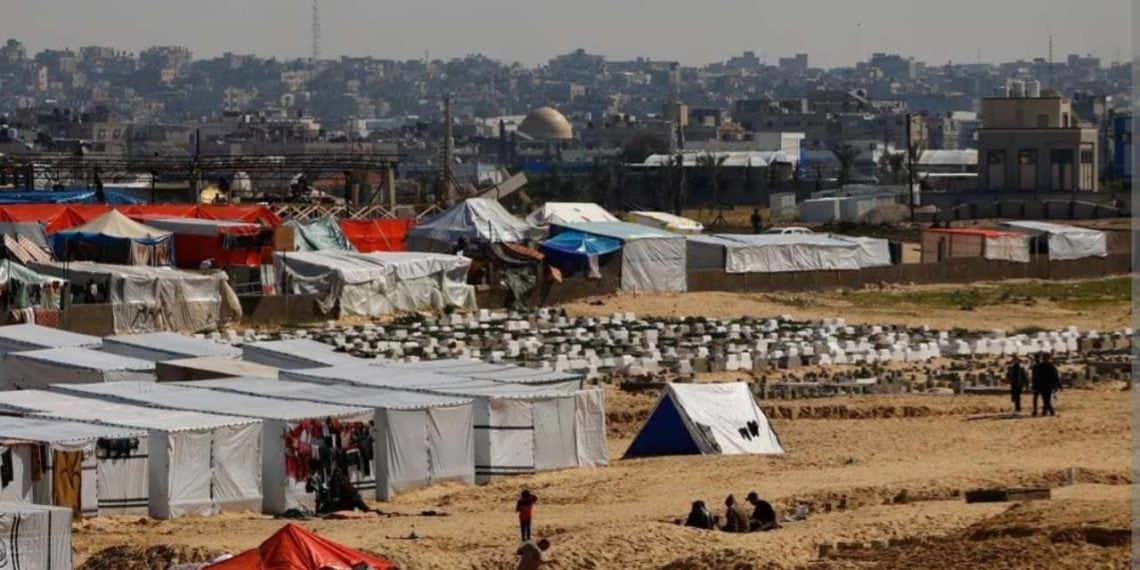Trapped within and around Rafah, over 1 million Palestinians await Israel’s completion of evacuation plans amid threats of a ground assault on Hamas in southern Gaza. Aid agencies caution of potential civilian casualties, while the UN Agency for Palestinian Refugees expresses uncertainty about operating in such perilous conditions.
“There is a sense of growing anxiety, growing panic in Rafah,” said Philippe Lazzarini, the head of the UNRWA agency. “People have no idea where to go.”
Israeli Prime Minister Benjamin Netanyahu’s office announced on Friday that the military had been instructed to develop a plan for evacuating the population and destroying four Hamas battalions stationed in Rafah.
The statement emphasized that Israel’s objective of eradicating the Islamist militants governing Gaza cannot be realized as long as these units remain. This declaration, issued two days after Netanyahu rejected a ceasefire proposal from Hamas, did not provide further elaboration, particularly regarding the release of hostages held by Palestinian militants.
Washington, Israel’s primary supporter, asserted that it would not endorse any assault that fails to safeguard civilians. Additionally, it informed Israel about a new U.S. national security memorandum, emphasizing the importance of countries receiving U.S. arms to uphold international law.
“There are no new standards in this memo. We are not imposing new standards for military aid,” White House press secretary Karine Jean-Pierre told reporters. “They (the Israelis) reiterated their willingness to provide these types of assurances.”

Over four months of Israeli bombing in Gaza have displaced over a million people, who have sought refuge in Rafah and its surrounding areas along the border with Egypt. Concerned about a potential exodus, Egypt has bolstered its frontier security.
However, the influx has overwhelmed doctors and aid workers, making it challenging to provide even basic assistance to those sheltering in the region. Many find themselves trapped against the Egyptian border fence, residing in makeshift tents.
Israeli forces have advanced southward towards the city after initially entering northern Gaza in response to the Oct. 7 attack into southern Israel by Hamas militants. The United Nations has emphasized the need to protect Palestinian civilians in Rafah, while also stressing that forced mass displacement violates international law.
“No war can be allowed in a gigantic refugee camp,” said Jan Egeland, secretary-general of the Norwegian Refugee Council, warning of a “bloodbath” if Israeli troops move into Rafah.
The Palestinian Presidency criticized Netanyahu’s plans, alleging they aimed to forcibly displace the Palestinian people from their land. “Taking this step threatens security and peace in the region and the world. It crosses all red lines,” stated the office of Mahmoud Abbas, head of the Palestinian Authority, which administers partial self-rule in the Israeli-occupied West Bank.
An Israeli official, speaking anonymously, mentioned Israel’s intention to facilitate the relocation of residents in Rafah, many of whom fled there from the north, ahead of any potential military action.
According to Gaza’s health ministry, the conflict has resulted in the confirmed deaths of at least 27,947 Palestinians, with 67,459 others sustaining injuries. Additional casualties may remain trapped under debris.
Hamas militants reportedly killed approximately 1,200 individuals and seized 253 hostages during their incursion into southern Israel on October 7, as per Israeli reports.
Nearly one out of every ten children under the age of five in Gaza are currently suffering from severe malnutrition, based on initial U.N. data derived from arm measurements indicating physical wasting. ActionAid has reported instances of Gazans resorting to eating grass for sustenance.
“Every single person in Gaza is now hungry, and people have just 1.5 to 2 litres of unsafe water per day to meet all their needs,” it said.





